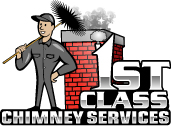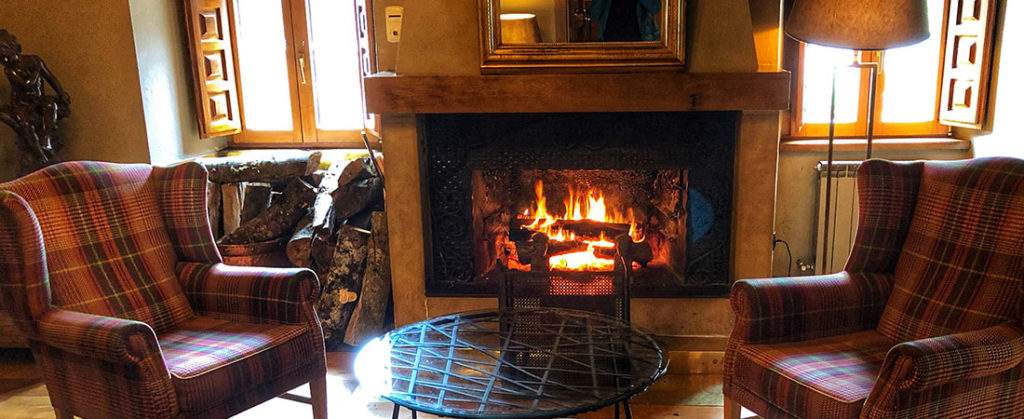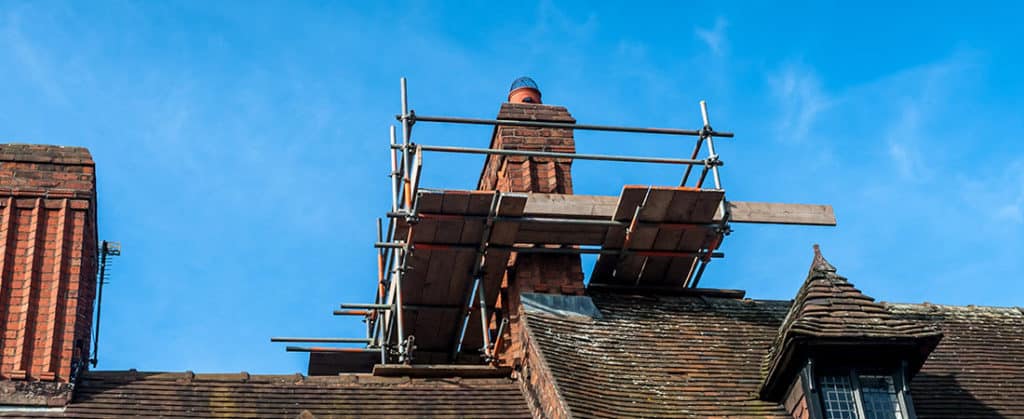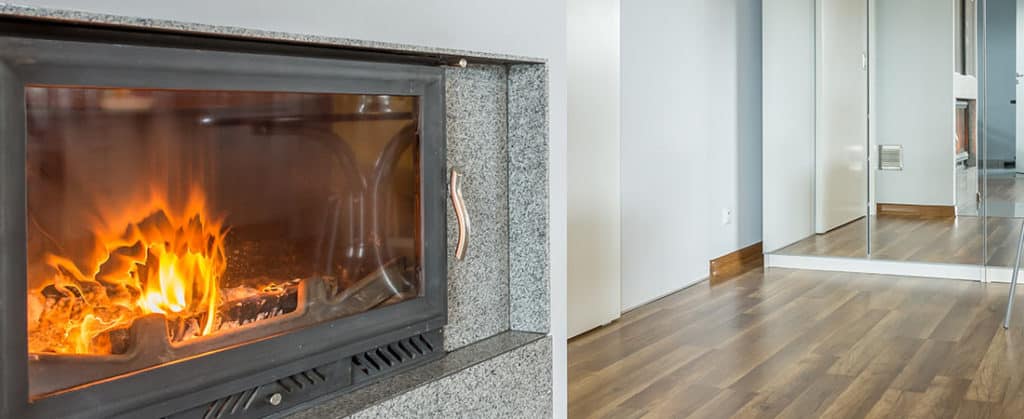If you have a chimney in your house, you will encounter several problems. Here are these problems and how to fix them:
Smoking
You should never have smoke in your home after making a fire, whether it’s the first or last of the season.
When your fireplace and chimney vent properly, fire by-products are pushed up and out of the house, while outside air is drawn into the flue to keep the flames alive. This critical air exchange is referred to as the chimney “draft.”
A smoking fireplace is a classic symptom of a poor draft, which can result in a quick-burning fire or fire by-products “back-puffing”—getting backed up in the firebox or flue and issuing into the room as smoke and dangerous gasses such as carbon monoxide.
Many factors can contribute to a draft problem. It’s hard to fix the problem, especially if you have never done it before, so it’s good to work with chimney contractors to help you identify the source of the draft problem and fix it.
Blocked flue
A flue can get clogged by leaf debris, animal nests, or creosote buildup, a dark brown to black coating in the chimney as fire by-products harden.
These impediments come in the way and prevent smoke from getting from the firebox to the outdoors via the flue. The result is the smoke coming back into the houses.
The situation is even worse when the temperature in the flue rises and creosote builds up. The material can ignite a chimney fire, causing significant structural damage to your home. You don’t want this, do you?
Looking out for nests or debris with a flashlight up your chimney flue can let you know if you have a larger obstruction in the flue. If you notice a significant obstruction, contact a CSIA-certified chimney sweep.
The professional should inspect the chimney and, if necessary, clean it to remove creosote that will have accumulated. They should also remove nests and other debris to prevent back-puffing.
Negative air pressure
A high chimney draft requires neutral air pressure, which means that outside air enters the home at the same pace that interior air escapes it. As a result, you have equal indoor and outdoor air pressure.
This leads fire by-products to depart the flue as outside air enters it.
If your house has a negative air pressure, more air enters than escapes, resulting in higher outside air pressure than inside air pressure. The increased air inflow from the exterior drives smoke down the flue until it reaches your home, making it uncomfortable to live in.
If your fireplace is smokey, open a neighboring window or door while the fireplace is on.
If this reduces or eliminates indoor smoke, your home most likely has negative air pressure that you should address.
Consider having a mason install an air supply vent at the back of the firebox to alleviate a negative air pressure issue.
This unit brings air from outside to the fire. As a result, you regulate indoor-outdoor air pressure and allow fire by-products to exit the flue.
Water seeping into the flue.
An open flue might easily leak rain or snow. Once there, the water will cool the air in the firebox and limit its ability to rise, decreasing the airflow in the chimney and causing back-puffing.
If your fireplace emits smoke just when its raining or snowing, you might be having a water seepage problem. To avoid a damp flue, install a chimney cap. As a rule of thumb, ensure it’s installed by an experienced professional.
Poor construction
A flue that is too tiny, a chimney that is too short, or a lintel that is too high are all examples of poor workmanship.
Poor construction could lead to your chimney having a problem. The most common issue with this is the chimney smoking.
Thankfully, installing a smoke guard before the fireplace is an excellent quick remedy.
This guard at the top of the fireplace opening reduces the smoke that enters by limiting the number of fire by-products.
Best practices.
The key to avoiding chimney problems is observing best practices. These practices include:
Use safe fuel
Use well-seasoned hardwood or CSIA-approved logs; as kindling, use dried twigs or branches; and as fuel, use torn old newspaper or pine cones.
Unseasoned firewood or cardboard might produce a large amount of smoke that your chimney cannot adequately expel, so avoid them.
Take advantage of the top-down burn method.
Place the heavy logs in the firebox vertically, then add four to five horizontal layers of kindling, top with fuel and light. Lighting your chimney using this method produces a fast-burning fire that emits little smoke and ensures you are comfortable.
Watch how you place the grate.
When the fireplace grate is too close to the front of the firebox, it is likely to produce a lot of smoke. To avoid this, you should place the grate away from the firebox, which ensures that the chimney doesn’t have a lot of smoke.
Permanently remove ash from the fireplace.
Scoop the remaining ashes into a metal container when the firebox has cooled thoroughly. This leaves your firebox clean and removes ashes that can cause the fireplace to create additional smoke.
Parting shot
These are some of the common problems that your chimney can have. For peace of mind, ensure that the chimney is installed by experienced contractors who know what they are doing. This way, you reduce the chances of having design flaws in your unit.
At least once a year or before the beginning of the heating season, have an experienced contractor undertake chimney inspection Upper Marlboro and cleaning.
Again, when hiring a cleaning professional, don’t hire the first you come across. Instead, take time to do background checks on them and confirm that they know what they are doing.



